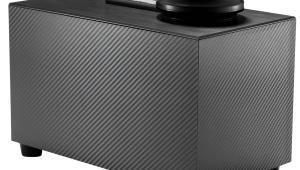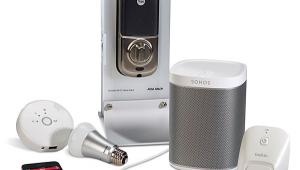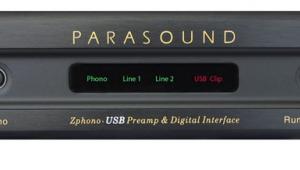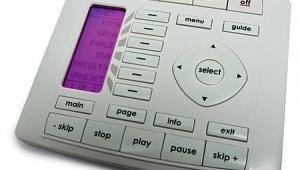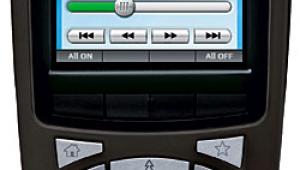I had a problem with my car battery and it turned out that Midtronics is a real expert in this area. I decided to find out what tools would be suitable for diagnostics, found the midtronics phone number and contacted them. I received a lot of useful information and am now thinking about buying their tester to always be aware of the battery status.
APC S15 Battery Backup Power Conditioner
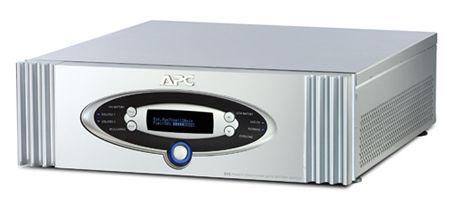
But a battery backup product designed for computers is not appropriate for audio-video gear. Yes, it will work, but how well is another story. Computer battery backup devices tend to be sloppy with the type of waveform they put out. Specifically, they don't always put out pure sine waves. Your computer might not care if it receives a 60Hz, 120V square wave, but your amp or projector just might have trouble filtering out all the extra garbage.
American Power Conversion, better known as APC, has long supplied power conditioners and battery backups to the computer market. They know the pitfalls. So when they decided to break into the audio-video world, they knew what they needed to do: build a product that supplies all of the needs of the AV enthusiast at a price that undercuts the increasingly esoteric, and expensive, competition. APC AV was born.
At $1,499, the APC S15 is a bit pricier than your usual Home Center power strip, but any similarity between them ends at the wall. The APC has a total of twelve outlets. Three of them may be programmed for delayed startup to prevent turn-on pops from getting through to your speakers, or to minimize the strain that turn-on surges can put your home's circuit breakers. All of these outlets are surge-protected, filtered, and have EMI/RFI protection. Six of them are designed specifically for digital devices, two for video, and two for analog gear. Two of the remaining outlets can handle high currents. APC states that these in no way compromise the ability of amps, subwoofers, or other high demand devices to draw the current they need from the line during peaks.
The outlets are subdivided into four filter banks, with each bank (though not each outlet within a bank) electrically isolated from the others to prevent component-generated noise and surges from getting to the devices on other banks. RF-protected pass-throughs are also provided for antenna, satellite, and cable, plus Ethernet and telephone (2-line, 4-wire).
APC claims a "Let-Through" voltage of less than 40V for its surge protection circuits. That's the peak over-voltage level that will pass through the S15 to its output jacks with a surge at the wall of 6000V. According to APC, UL's standard for "good" Let-Through is 330V. APC also argues that the Joule rating that is almost universal among manufacturers for surge protection is meaningless though they do provide one). It specifies the amount of energy required to break down the surge protection, but gives no clue as to how much of the spike is actually getting through to his or her equipment.
While no power conditioner can guarantee protection from all possible events in all possible situations, APC has enough confidence in its surge and spike protection to provide an Equipment Protection Policy (EPP). Like all such policies, however, this one reads like it was written by a phalanx of lawyers, with plenty of loopholes. To see for yourself, go to http://www.apc.com/support/service/equipment_protection_policy.cfm). In APC's defense, I suspect this policy is as good as you'll get from any other manufacturer offering a similar product.
The APC's substantial but rather flashy-looking front panel is the command center, providing you with all the information you need to see how the S15 is performing. Bright LED displays (fortunately they can be dimmed or shut off) tell you the input voltage from the line and the output voltage it's providing, how heavy the load is, in watts (and what percentage that is of the maximum allowable load on the unit), and the rated runtime from the battery in its current condition or, to use APC's term, its Fuel—rated at 7.5 minutes under full load, about 19 minutes at half load. That's not enough time to watch the entire Lord of the Rings trilogy under battery, but long enough to safely shut down the system.
If you need more time, an optional outboard battery pack, the SBATT, is available separately for $499. This holds a bigger charge than the S15's internal battery (located behind the removable front panel). You can use more than one SBATT to soldier on with Frodo a bit longer while the Edison crews struggle with the power lines.
But how many of you want to use the S15 and its supplementary battery packs to continue to listen and watch critically when the lights go out? The main advantage of battery backup is to allow you to shut down the system safely, in your own time, to prevent possible damage. This is particularly true in the case of video projectors with their hot, expensive lamps that require a cool-down cycle at turn off to prevent either damage or reduced life.
You'll also use the front display to set the conditions of operation. The settings include the times for the delayed outlets, Sensitivity (how quickly the S15 reacts to momentary power fluctuations), Display Dimmer, Go to Battery (sets the high and low voltage, within a specific range, at which the APC switches from the line to the battery), and Low Battery Warning. They also include both a phone number and an Internet address to which you can go for help after you've lost the owner's manual.
The APC performs its voltage regulation by supplementing the existing voltage coming from the wall outlet. It does not use a mechanically driven variac (essentially a large, adjustable transformer), nor does it reconstitute the complete 60Hz waveform at 120V. Both approaches are used by other manufacturers, but APC rejected them. A variac, they determined, was too slow and could produce excessive overshoot when the line voltage recovers. And devices that reconstitute the full waveform are extremely inefficient, using much of the power they draw from the wall outlet to supply their own needs, even before considering the current required by the equipment connected to them.
Low Voltage and Blackouts and Lightening, Oh My!
I reported this past summer on a low voltage incident in my home. This was pre-APC. Little did I know at the time that this was only a hint of what was to come after I received the S15 for review. Let's just say that APC must have friends in the Southern California power system. I'd like to thank them for arranging the tests required to show off their new baby.
- Log in or register to post comments



